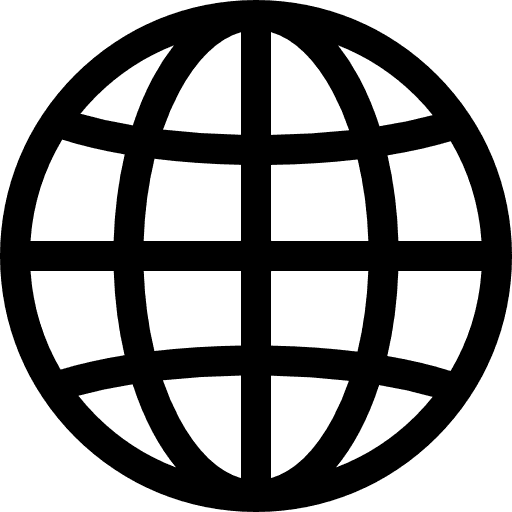
Tools to bridge the gap between education and communities
What is the problem?
Chicagoan students are falling behind in education
Chicago Public Schools
"High school students enrolling in college is 4% below the state average…"
-IllinoisPolicy, 2023.
Looking into the statistics of education in the city of Chicago…
Why is this an issue?
Education opportunities within a society correlates positively to an overall increase in health outcomes, crime reduction, and innovation. To educate the masses is to create a better, competitive society as a whole. At Rebecca Everlene, we sought out to solve the issue by helping students through the career building process.
Combating this giant educational barrier
The research
Discovering roadblocks that students face
We researched the root causes of the barriers students within the Chicago region faced during their career search, conducting interviews on students to find what pain points they need while building their careers. Rebecca Everlene wanted to emphasize higher education as a means to building a foundation for a career,
We based our research on this one key question…
How might we help students accomplish their career goals?
We interviewed 10 Chicago students on what were the main roadblocks to education they faced.
What students are saying they struggle with
Too much information

Students attempt to search for resources online to build their careers, but get overwhelmed by the amount of information.
Lack of guidance

Students struggle to with the initial steps of building their career and what resources are available.
Financial Struggles

Difficulties understanding financial aid and uncertainty of affording college deters students away.
Approaching the solution
We solve the problem of student's hesitancy in approaching higher education by providing a digital solution for a checklist tool that students will follow along. The tool will condense the career building steps in a easily digestable, followable, and informative manner.
Design
Let's imagine the best design for this solution
During the earliest implementation of our tool, we started with a static, informational webpage that provided users with basic content and resources. Users would scroll through the information and complete a task at the end of the module.
However, our engagement was off
We initially designed for putting together the contents of what we already had, but we fell short on functionality. Sure, all of the information they needed was present, but there was no way for the user to engage with our content.
So, we did some more research
We ideated different features in creating a product to get students who already want to build their careers to guide them. We complied the features into feature prioritization chart, graphing the efforts that the design & developer team would have to put in, versus the impact the feature would have on the users.
We pivoted, based on our research
To prioritize our design efforts efficiently, we went with the most high impact, low effort ideas that Rebecca Everlene would be able to reasonably implement.
Pain points
These ideas would address the pain points of information overload, lack of guidance, and taking steps toward financial struggles.
Iterating over our UI
While building the web-tool, we began to iteratively design our UI. Our core redesign ideology is to prioritize user-engagement through interactive elements and allow for users to easily go back to older modules.
Rewarding behaviors
Fun animations to show progression with a rewarding sense of accomplishment and fun
Lacks information
Users will have a hard time revisiting modules
Details of modules
Users will have an easier time finding what lessons they can revisit
Your career progress
Career paths
Skills
Job board
Cover letter
Resume
Interview
Your career building progress
Skills
Develop your skills by finding schools or earning online certificates
Find a career path suited for you based on your interests and personality
Career paths
Interview
Gain interview skills and tips
Resume
Create a resume to showcase your skills and previous experience
Create a cover letter catered towards the company you want to work at
Cover letter
Create an online professional presence to find jobs postings that fit your career path
Job board
Saving your information
Save your progression by logging into our website and keeping track of your progress wherever you login

Finalized Designs
Creating a tool that is easy to navigate
Creating a web-based tool that has the most pertinent information displayed

Build a career
A dashboard that shows how your career progress is going

Keep track of your progress
Find the modules you would need to complete in order to finish the lesson and progress


Format a resume
Creating a tool to give a step-by-step process for students to create a resume and cover letters.
Finding a mentor
Find a mentor that will personally help you out along your career journey

Reflection
1) Follow users to find the end solution
User feedback is key to finding a solution that caters to a diverse and spread audience.
2) Iterate, iterate, iterate
New findings pop up at every part of the design process and being adaptable will produce the best solution.
3) Balancing the limitations of what we can implement
Our implementation limitations and balancing design ideas is tricky, so research and analysis is important for business decisions.


